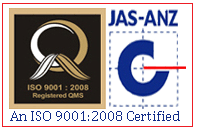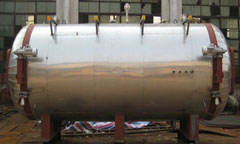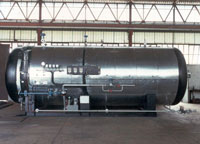- Home
- Profile
-
Products
- Furnaces
- Solution Treatment Furnace
- Solution Annealing Furnace
- Bogie Heath Furnace
- Chamber Furnace
- Heat Treatment Furnace
- Roldown Hearth Furnace
- Rotary Hearth Furnace
- Continuous Furnace
- Aluminium Melting Furnace
- Aluminium Holding Furnace
- Aluminium Coils Furnace
- Experimental Furnace
- Pit Furnace
- Box Type Furnace
- Hot Dip Galvanising Furnace
- Crucible Melting Furnace
- Salt Bath Furnace
- Bell Type Furnace
- Mesh Belt Furnace
- Seam Vessel Annealing Furnace
- Vacuum Furnace
- Ovens
- Incinerators
- Boilers
- Dryers
- Autoclaves
- Ladle Pre Heater
- Industrial Bath
- Fuel Handling System
- Heaters
- Flange Immersion Heater
- Air Duct Heater
- Storage Tank Heater
- Electrical Process Heater
- Circulation Heater
- Boiler Heater
- Pipe Heater
- Bobbin Heater
- Tubular Heater
- Finned Tubular Heater
- Straight Finned Heater
- U/M Finned Heater
- Stripe Heater
- Finned Stripe Heater
- Ceramic Bend Heater
- Furnaces
- Hot Air Generator
- Blowers
- Control Pannel
- Coils
- Recuperators
- Heat Exchenger
- Ignition Transformer
- Beru Ignition Transformers
- Fida Ignition Transformer
- Cofi Ignition Transformer
- Brahma Ignition Transformer
- Nec Make Ignition Transformers
- Ignition Transformers
- Ignition Transformers For Oil Burners
- Danfoss Ignition Transformers
- Honeywell Ignition Transformer
- Siemens Ignition Transformer
- Danfoss Ignition Units
- Treviso Italy Ignition Transformer
- Oil Burner Nozzles
- Photocells and U.V.Cells
- Burner Motors and Blower Wheels
- Solenoid Valves and Coils
- Suntec Oil Burner Pumps
- Sequence Controllerss
- Diffuser Plates and Blast Tubes
- Oil and Gas Filters
- Ignition Cable
- Ignition Electrodes
- Pressure Switches and Solenoid Valves
- Oil Pump Coupling
- Burner Spare Parts
- Ecoflam Oil And Gas Burners
- Aspee Water Pump
- Krom schroder gas combustion controls
- Riello Oil & Gas Burner
- Torque Rotary Actuator Motor
- Siemens Compact Universal Controller
- Kromschroder Gas Burners
- Ecoflame Burner Spare Parts
- Wesman Burner Spare Parts
- Shineui Pressure Switches
- Sookook Oil and Gas Burners
- Valves
- Baltur Oil and Gas Burners
- Weishaput Burner Spare
- Bentone Burners and Spare Parts
- Honeywell Flame Detectors
- Pressure Regulator
- Choke beans/ Bean chokes
- Bakery oven oil and gas burner
- Flame sensors and photo cells
- Heating pumping unit
- Ignition Electrode
- Burner Servo Motors
- Danfoss Burner Components
- Oilon Burner Spare
- Electrogas safety solenoid valves
- Siemens Control Box
- Cumituff Ignition Electrodes
- Riello burner spare parts
- Thermax boiler spare parts
- Solenoid Valves
- Gas Burner Parts
- Dungs Gas Combustion Controls









